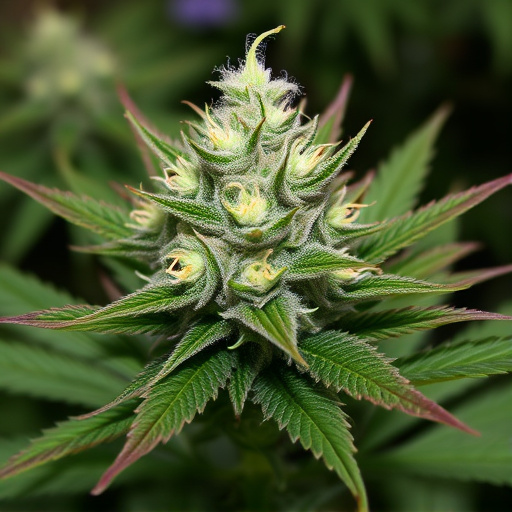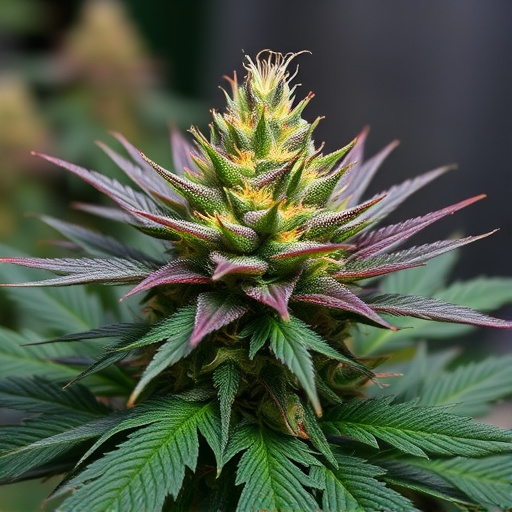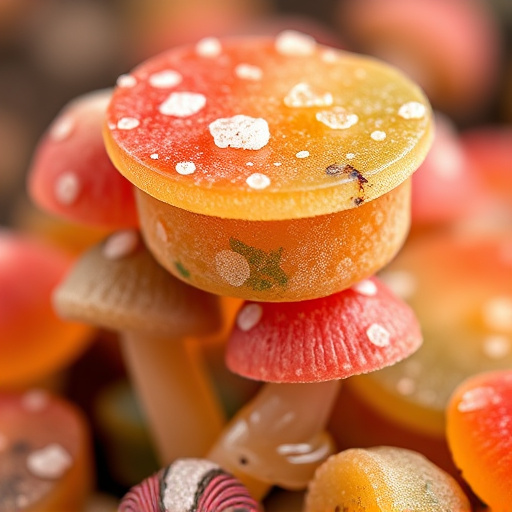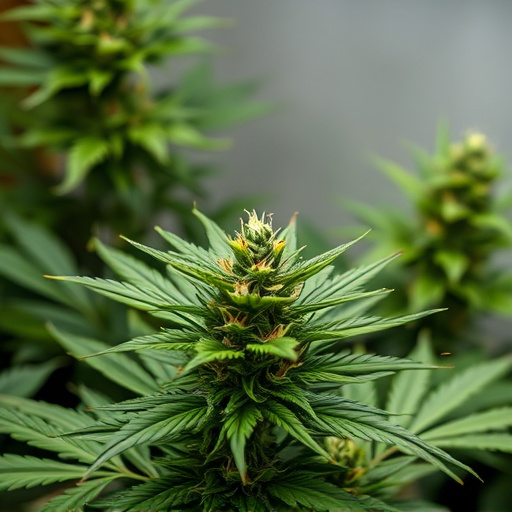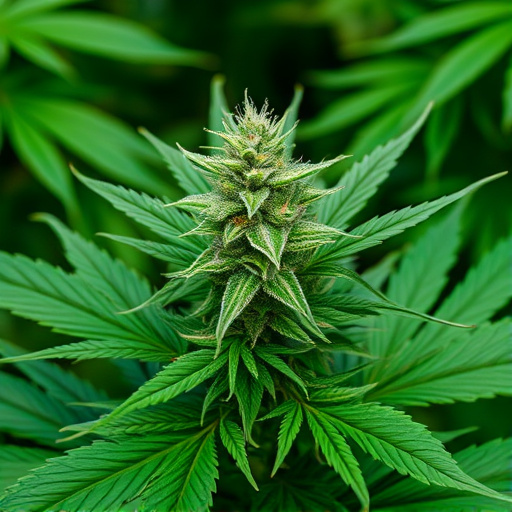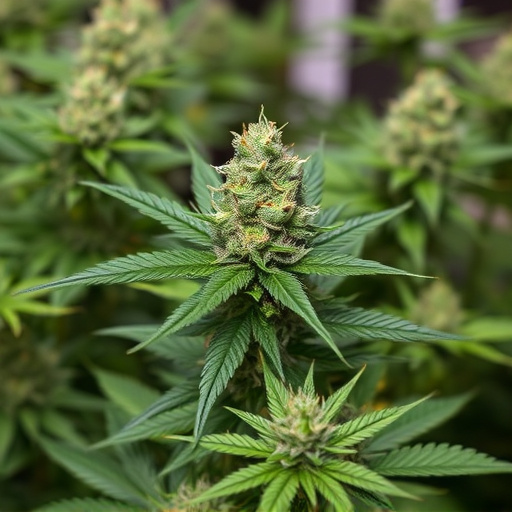Drug tests detect illegal substance metabolites through urine, blood, saliva, or hair samples, with THC from cannabis being a significant focus due to its psychoactive effects. High THC cannabis strains, often exceeding 20% THC, can yield false positives as THC remains detectable in hair follicles for weeks or months after consumption. Users seeking potent experiences should be aware of these high THC strains' potential benefits and risks, especially for medical purposes, to avoid unforeseen consequences on drug screenings.
“Uncovering the impact of cannabis on drug testing: a comprehensive guide. Drug tests play a crucial role in various settings, from employment to legal proceedings, to ensure safety and compliance. With the rising popularity of cannabis, especially high THC strains, understanding how THC is detected becomes essential. This article explores the science behind these tests, delves into the world of potent cannabis varieties, and reveals the implications for accurate results, offering valuable insights for both users and professionals.”
- Understanding Drug Tests and Their Purpose
- The Role of THC in Cannabis and Its Detection
- High THC Strains: Effects, Usage, and Test Implications
Understanding Drug Tests and Their Purpose
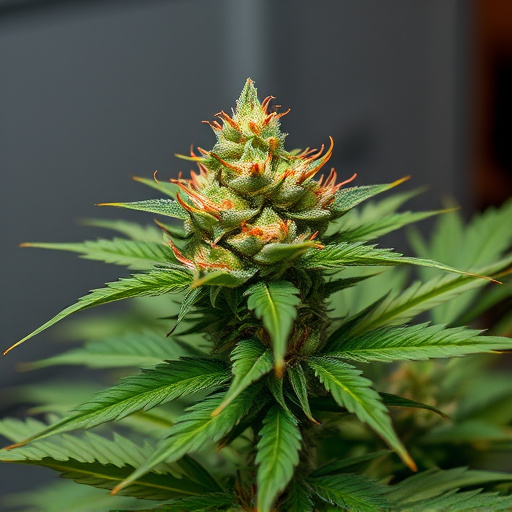
Drug tests are designed to detect the presence of illegal substances in an individual’s system, often as a requirement for various purposes such as employment, legal proceedings, or athletic eligibility. These tests typically analyze urine, blood, saliva, or hair samples to identify specific metabolites or compounds associated with drug use. One common and sought-after compound in these tests is THC (tetrahydrocannabinol), the active ingredient in cannabis that produces psychoactive effects. High THC cannabis strains, known for their potent levels of this cannabinoid, can significantly impact the results of drug tests due to the prolonged duration of THC’s metabolic breakdown.
Understanding how long THC stays detectable in various biological samples is crucial when considering potential false positives. While the half-life of THC is relatively short in blood and urine (around 1-2 days), it can remain detectable for weeks or even months in hair follicles due to its slow metabolism and excretion. This variance underscores the importance of knowing what substances, including those found in high THC cannabis strains, could trigger a positive drug test result.
The Role of THC in Cannabis and Its Detection
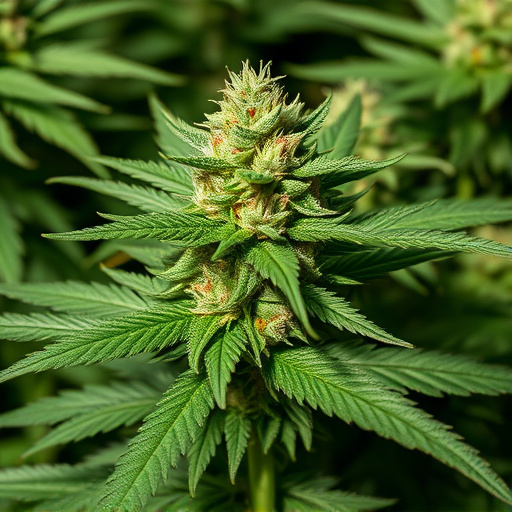
Cannabis contains various chemical compounds, but Tetrahydrocannabinol (THC) is the primary psychoactive ingredient responsible for its intoxicating effects. THC is known to bind to receptors in the brain, leading to alterations in mood, memory, and perception—hence the reason it’s detected in drug tests. The concentration of THC in cannabis can vary significantly depending on the strain, making certain high THC cannabis strains more likely to trigger positive results in drug screenings.
High-potency strains, with THC levels often exceeding 20%, are particularly notable for their ability to quickly and easily show up in drug tests. Even trace amounts of THC can be detected in urine or blood samples, making it crucial for individuals using cannabis, especially for medical purposes, to understand the potential implications on their test results.
High THC Strains: Effects, Usage, and Test Implications
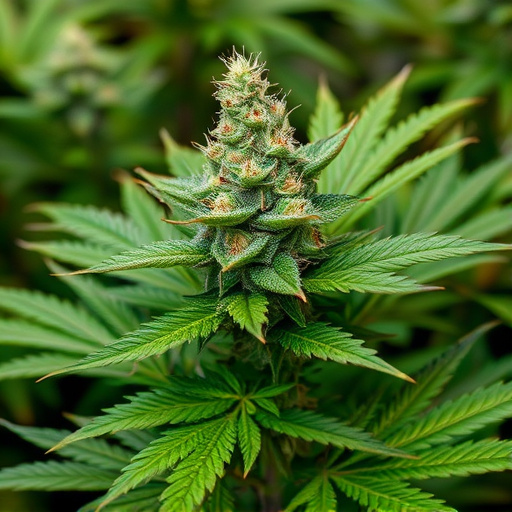
Weed, or cannabis, can show up in drug tests due to its active compound, THC. Understanding how THC is detected, especially in high THC strains, is crucial for individuals navigating potential drug testing scenarios. These potent varieties, with elevated THC levels, can significantly impact test results, requiring users to be aware of their effects and usage implications. By recognizing the role of THC in cannabis and its persistence in drug tests, one can make informed decisions to avoid unwanted consequences.

